
In our quest for sustainable solutions to mounting waste management challenges, nature often provides the most elegant answers. Among these solutions, one tiny but mighty creature stands out: the Black Soldier Fly (Hermetia illucens). This remarkable insect possesses an almost magical ability to transform organic waste into nutrient-rich soil amendments in mere days, a process that would take months through traditional composting. As global concerns about food waste, soil degradation, and sustainable agriculture intensify, these humble insects are emerging as unlikely heroes in our environmental narrative. Their extraordinary metabolism and lifecycle offer a glimpse into nature’s own recycling system—one that humans are increasingly harnessing to address some of our most pressing ecological challenges.
The Black Soldier Fly: Nature’s Waste Management Expert
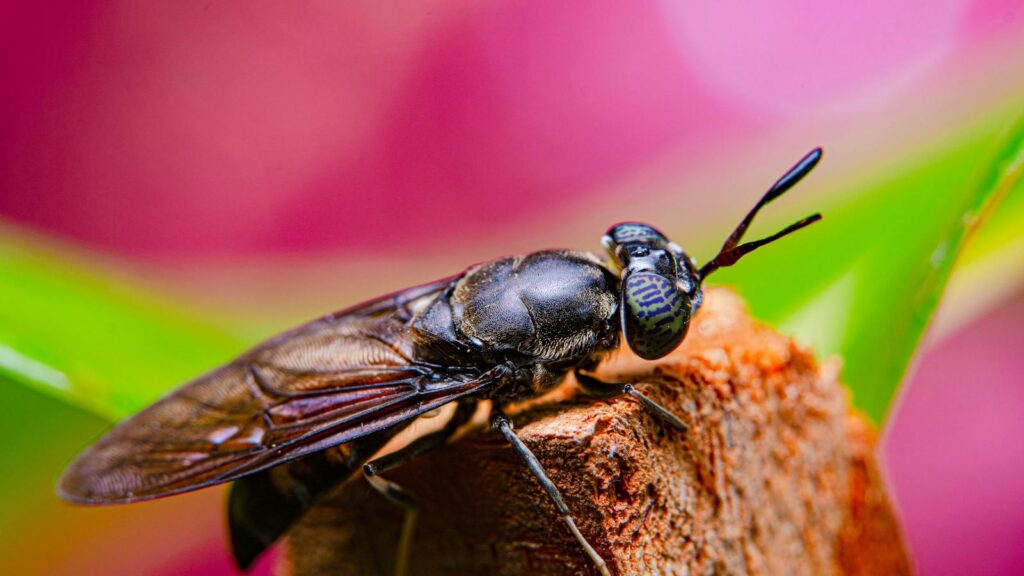
The Black Soldier Fly (BSF) is a non-pest insect native to the Americas but now found throughout tropical and temperate regions worldwide. Unlike common houseflies, adult BSFs don’t bite, spread diseases, or even feed—they live solely to reproduce during their brief adult lifespan of just 5-8 days. Their larvae, however, are voracious eaters capable of consuming organic matter at an astonishing rate. These cream-colored larvae can process up to twice their body weight in food daily, making them incredibly efficient organic waste processors. With proper conditions, a pound of BSF larvae can transform several pounds of food waste into valuable soil amendments within days, not the weeks or months required by traditional composting methods.
The Remarkable Biology Behind Their Efficiency
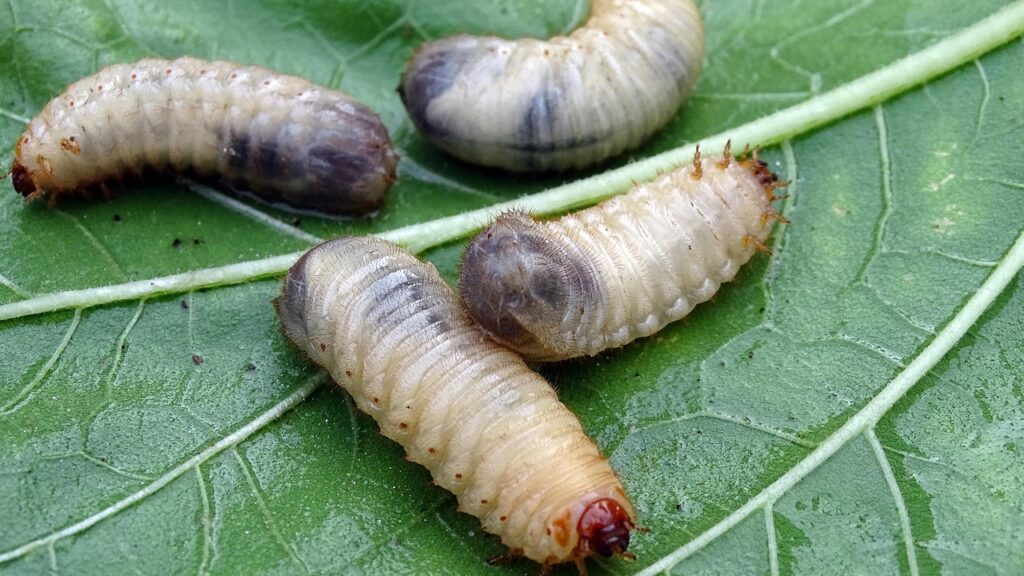
The secret to BSF larvae’s waste-processing superpower lies in their unique digestive system, which contains powerful enzymes capable of breaking down complex organic compounds with remarkable efficiency. These larvae possess a gut microbiome that helps them digest almost any organic material, from fruit and vegetable scraps to manure and even some meat products. Their simple yet sophisticated digestive tract includes specialized bacteria that neutralize pathogens and accelerate decomposition. As they consume waste, they convert it into two valuable products: their own protein-rich biomass and a stable, nutrient-dense residue called frass. This biological efficiency represents millions of years of evolutionary perfection focused on breaking down nature’s waste products as quickly as possible.
The Transformation Process: From Waste to Wonder
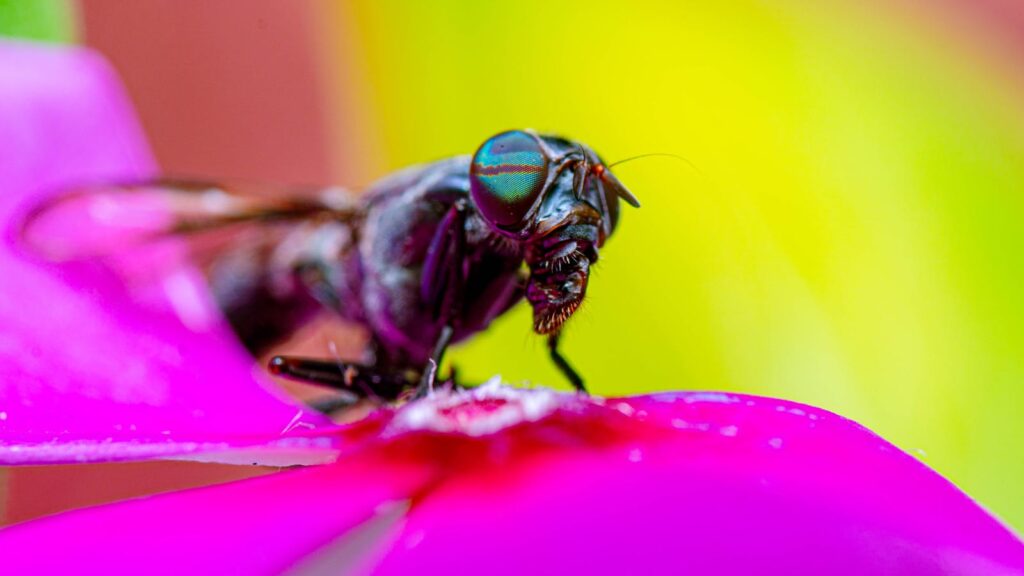
The process by which Black Soldier Flies convert waste to soil begins when adult females lay clutches of 500-900 eggs near decomposing organic matter. Within about four days, these eggs hatch into tiny larvae that immediately begin feeding on nearby waste. Over the next 14-16 days (depending on food availability and temperature), these larvae go through six developmental stages, increasing their mass by up to 7,000 times. As they consume waste, they create frass—a combination of their excrement and partially processed organic material. When the larvae reach maturity, they self-harvest, naturally crawling away from the feeding substrate in search of dry ground to pupate. This separation makes collection easy for commercial operations and leaves behind the transformed substrate that can be used immediately as a soil amendment.
Frass: The Insect-Created Superfood for Soil
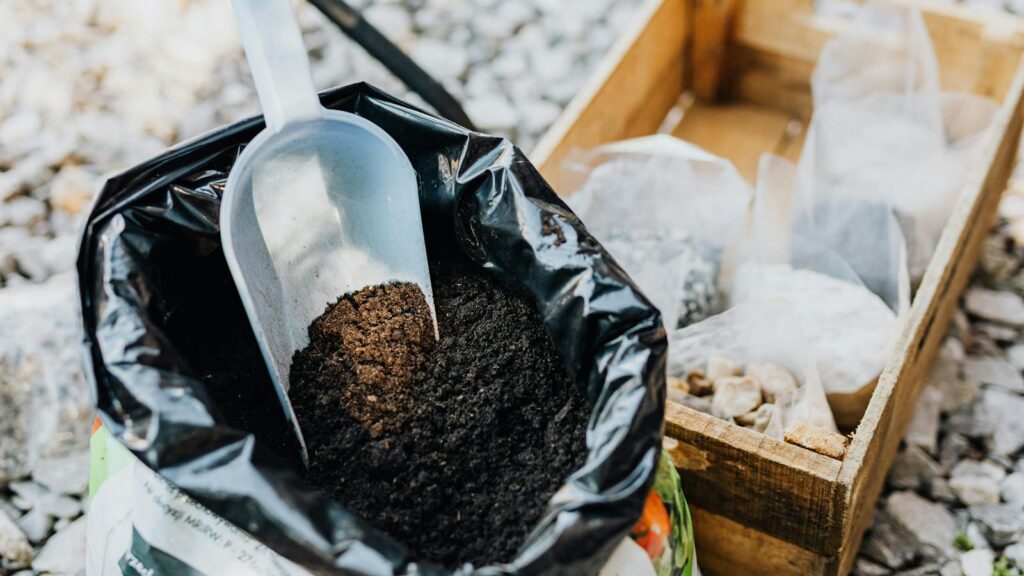
The end product of BSF larvae processing—frass—is substantially more than just insect excrement; it’s a microbiologically active soil amendment rich in beneficial compounds. This material contains chitin (from larval molting), which stimulates plant immune responses and beneficial microbial activity when added to soil. Frass typically boasts an NPK (nitrogen-phosphorus-potassium) profile that rivals many commercial fertilizers, with the advantage of being in stable forms less likely to leach into waterways. Research has shown that BSF frass contains growth-promoting hormones that can increase plant productivity and resilience to stress. Additionally, the material is pathogen-free due to the antimicrobial properties in the larval gut, making it safe for agricultural applications without the risk of spreading diseases.
Commercial Applications and Growing Industry
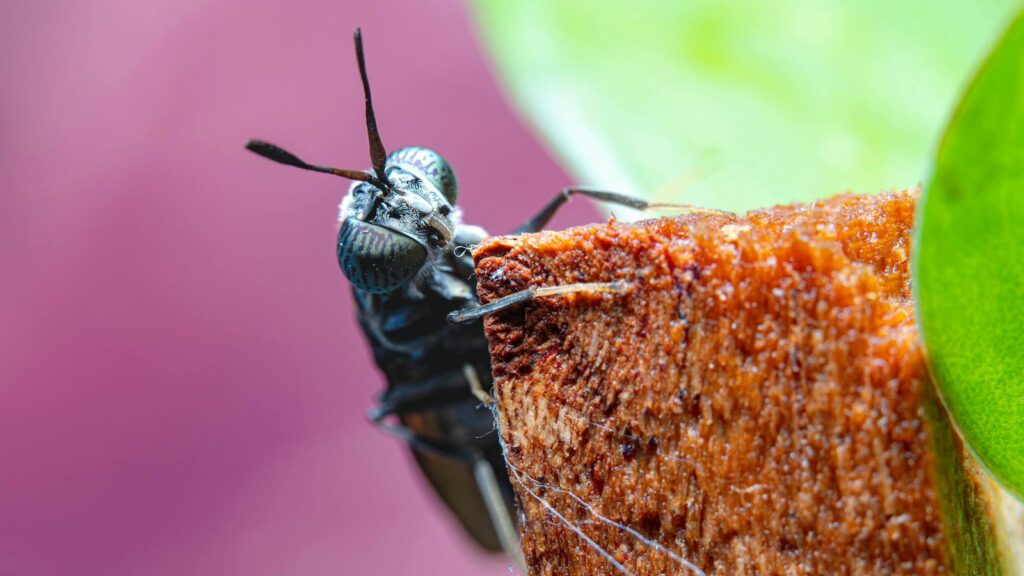
In recent years, BSF farming has evolved from small experimental projects to an emerging global industry, with operations on six continents. Companies like AgriProtein, Enterra, and Protix have established large-scale facilities that process tons of organic waste daily using millions of BSF larvae. These commercial operations typically focus on both waste management and the production of insect protein for animal feed, with soil amendment as a valuable co-product. The economics are increasingly favorable as waste disposal costs rise and regulations against food waste in landfills become more common. Many facilities can process waste for lower costs than traditional disposal methods while generating revenue from their larvae and frass products, creating a rare win-win scenario for business and environment alike.
Small-Scale and DIY Applications

The BSF’s waste-processing capabilities aren’t limited to industrial applications; they’ve also found their way into backyard composting systems and small urban farms. DIY enthusiasts have developed simple systems using plastic bins, buckets, or specially designed containers that allow larvae to process household food waste efficiently. These home systems typically require minimal maintenance—just adding food waste regularly and harvesting the frass when it accumulates at the bottom of the system. Many gardeners report that adding BSF-processed material to their gardens results in noticeable improvements in plant health and productivity. The self-harvesting behavior of mature larvae makes these systems particularly user-friendly, as the insects naturally separate themselves from the processed waste when they’re ready to pupate.
Environmental Benefits Beyond Soil Creation

The environmental advantages of BSF waste processing extend far beyond just creating soil amendments. By diverting organic waste from landfills, these insects help reduce methane emissions—a greenhouse gas 25 times more potent than carbon dioxide. A single BSF facility processing 300 tons of organic waste daily can prevent the equivalent of thousands of tons of CO2 from entering the atmosphere annually. These systems also reduce the need for chemical fertilizers, whose production is energy-intensive and whose runoff contributes to water pollution and algal blooms. Additionally, when BSF larvae are used for animal feed, they reduce pressure on wild fish stocks (currently harvested for fishmeal) and soy production (a leading cause of deforestation), creating a cascade of positive environmental impacts throughout the food system.
Comparing BSF Processing to Traditional Composting
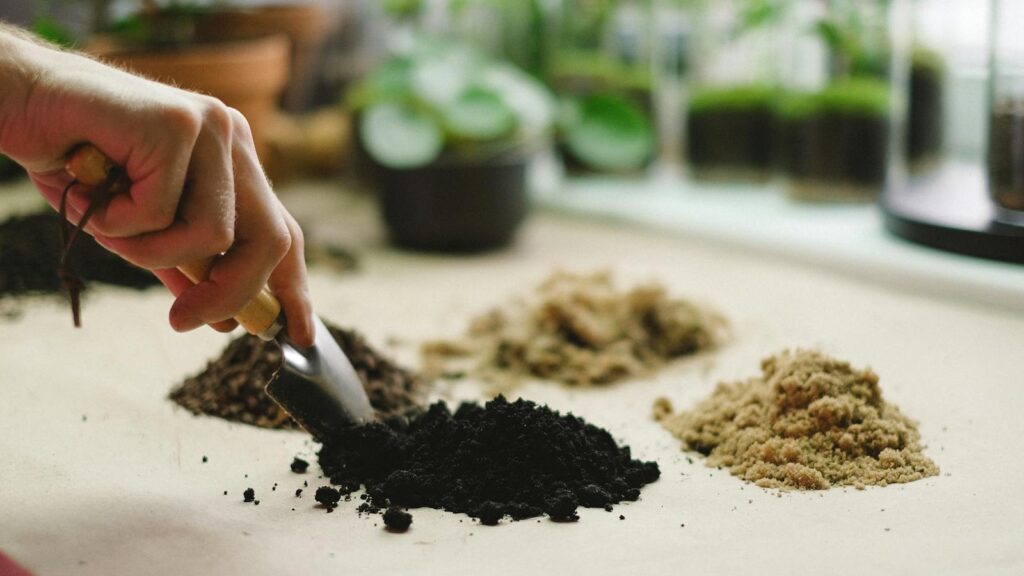
While traditional composting and BSF processing both convert organic waste into valuable soil amendments, the differences between them are significant. Traditional composting typically takes 3-6 months to fully transform waste into usable compost, while BSF larvae can complete the process in as little as 5-14 days—an efficiency gain of up to 30 times. Traditional composting requires careful management of carbon-to-nitrogen ratios, moisture, and regular turning for aeration, whereas BSF systems are more forgiving of these parameters and require minimal intervention. Temperature management also differs dramatically; composting depends on heat generated by microbial activity (requiring proper pile size), while BSF systems work at ambient temperatures as long as they remain above 20°C (68°F). Finally, traditional composting struggles with meat, dairy, and oily foods that BSF larvae process without difficulty.
Nutritional Profile of BSF-Processed Soil
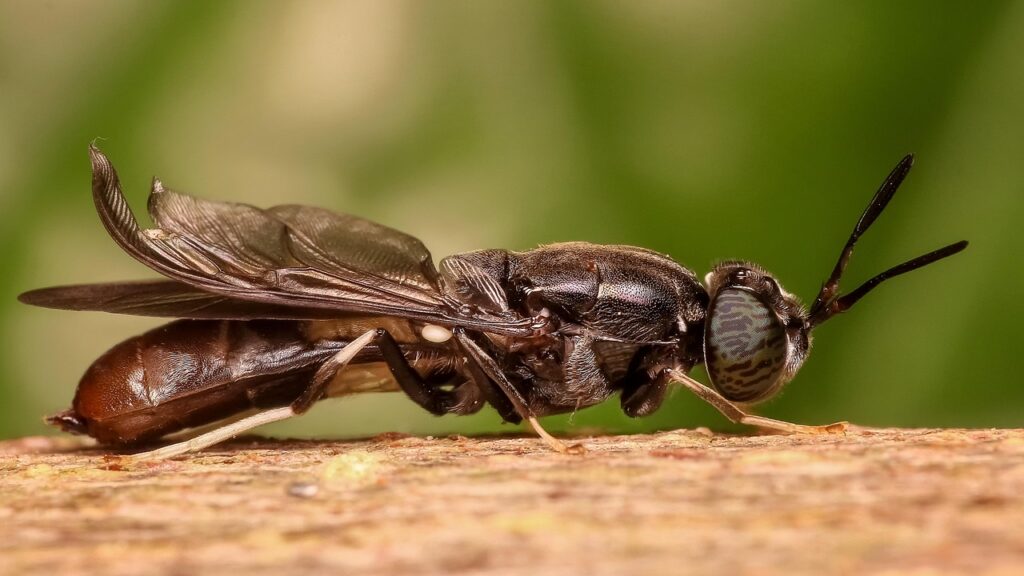
The soil created through BSF processing presents a remarkable nutritional profile that distinguishes it from other amendments. Analysis shows it typically contains 3-5% nitrogen, 2-3% phosphorus, and 1-2% potassium, along with calcium, magnesium, and various micronutrients in bioavailable forms. Beyond these macronutrients, BSF frass contains chitin and chitosan—compounds that stimulate plants’ natural defense mechanisms against pests and diseases. Research from the University of North Carolina found that plants grown in soil amended with BSF frass showed 30-50% higher resistance to common fungal pathogens than control groups. The frass also contains beneficial bacteria that continue the decomposition process after application, gradually releasing nutrients rather than dumping them all at once as synthetic fertilizers do, reducing the risk of nutrient runoff and promoting healthier soil ecology.
Practical Applications in Agriculture
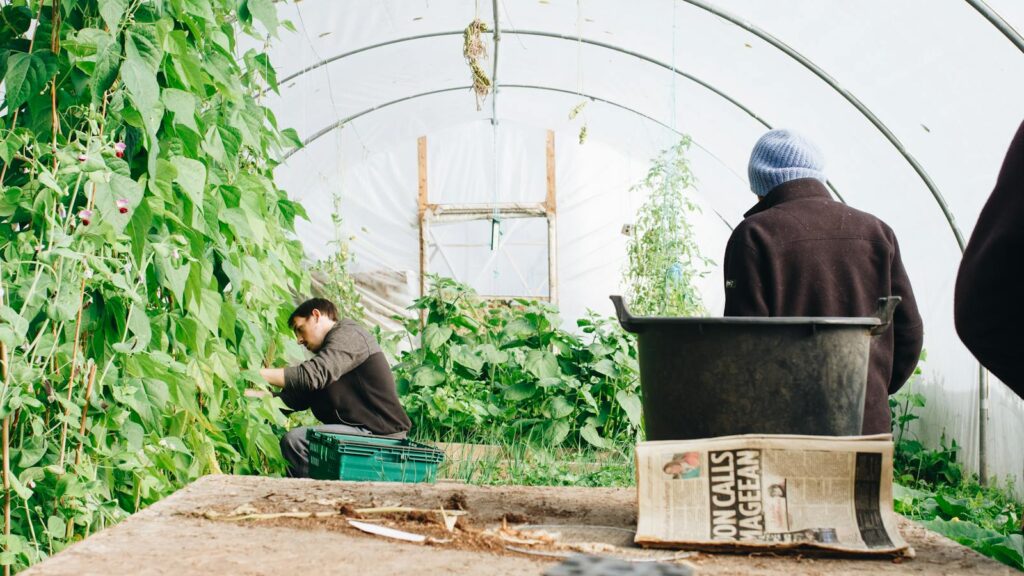
Farmers and growers worldwide are incorporating BSF-processed soil into their agricultural practices with impressive results. In greenhouse trials conducted across several universities, crops grown with BSF frass amendments showed yield increases of 15-25% compared to conventional fertilizers, with particularly strong results in leafy greens and fruiting vegetables. Coffee farmers in Colombia have reported that using BSF frass has allowed them to reduce chemical fertilizer use by up to 60% while maintaining or improving yields. The material’s water-retention properties make it particularly valuable in drought-prone regions; studies in Kenya showed that soils amended with BSF frass retained up to 30% more moisture than untreated soils. As an added benefit, the antimicrobial properties naturally present in the frass help suppress soil-borne pathogens, potentially reducing the need for fungicides in some cropping systems.
Challenges and Limitations
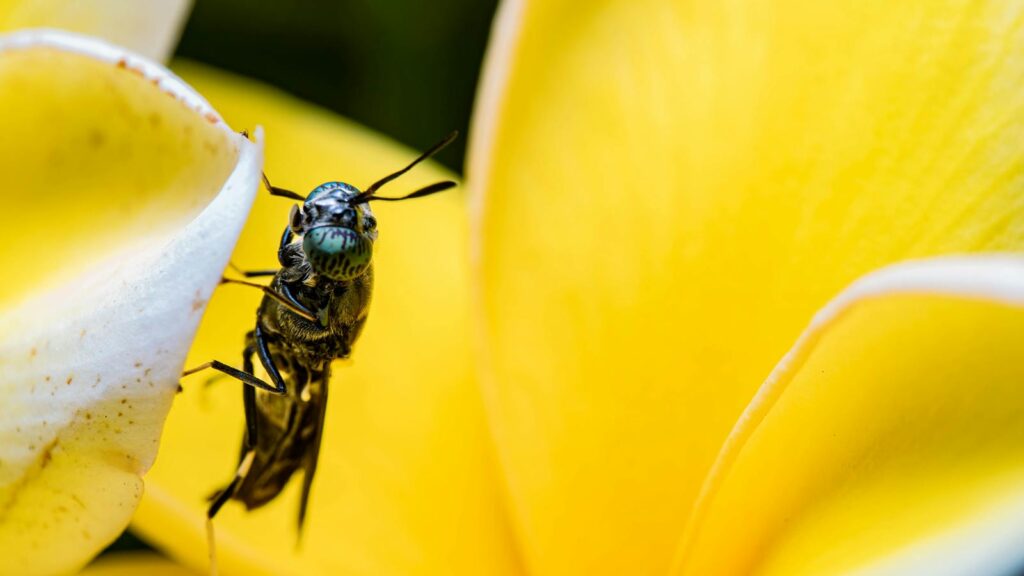
Despite their impressive capabilities, BSF processing systems face several challenges that limit wider adoption. Temperature sensitivity presents a significant hurdle, as larvae become dormant below 20°C (68°F), making year-round outdoor operations impossible in colder climates without heating. Regulatory frameworks in many countries haven’t caught up with this technology, creating uncertain legal status for BSF operations, particularly regarding feedstock restrictions and product applications. Public perception remains another obstacle; despite the BSF’s clean habits and distinction from pest flies, many people remain uncomfortable with intentionally cultivating insects. Initial investment costs for commercial systems can be substantial, although operating costs are typically low and return on investment periods are shortening as the technology matures. Finally, while BSF larvae can process most organic waste, they struggle with high-cellulose materials like yard waste and certain agricultural residues without pre-processing.
Future Directions and Innovations
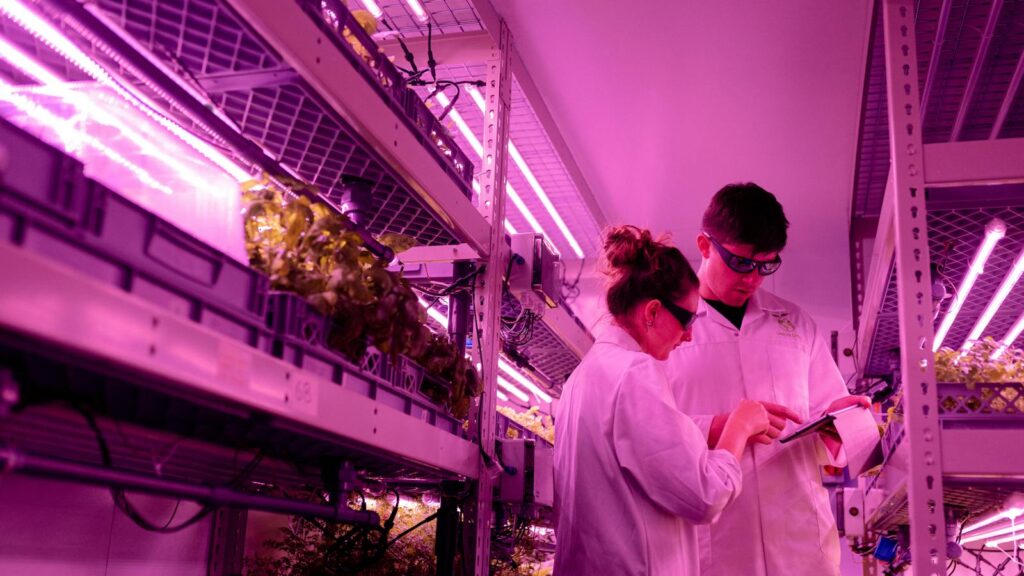
The future of BSF technology looks promising as researchers and entrepreneurs continue to refine and expand applications. Genetic research is identifying BSF strains with enhanced waste-processing capabilities and tolerance for wider temperature ranges, potentially expanding the geographic range for outdoor operations. Engineers are developing more automated systems that optimize conditions and reduce labor costs through sensors, controlled feeding, and mechanized harvesting. Integration with other technologies shows particular promise; some operations now combine BSF processing with subsequent vermicomposting (using earthworms) to create an even more refined soil product. Others are exploring the use of BSF frass as a feedstock for producing biofuels or as a growth medium for cultivating other valuable organisms like medicinal mushrooms. As climate change and resource constraints intensify, these innovations represent important adaptations that turn waste management challenges into opportunities.
Conclusion: The Future of Organic Waste Management
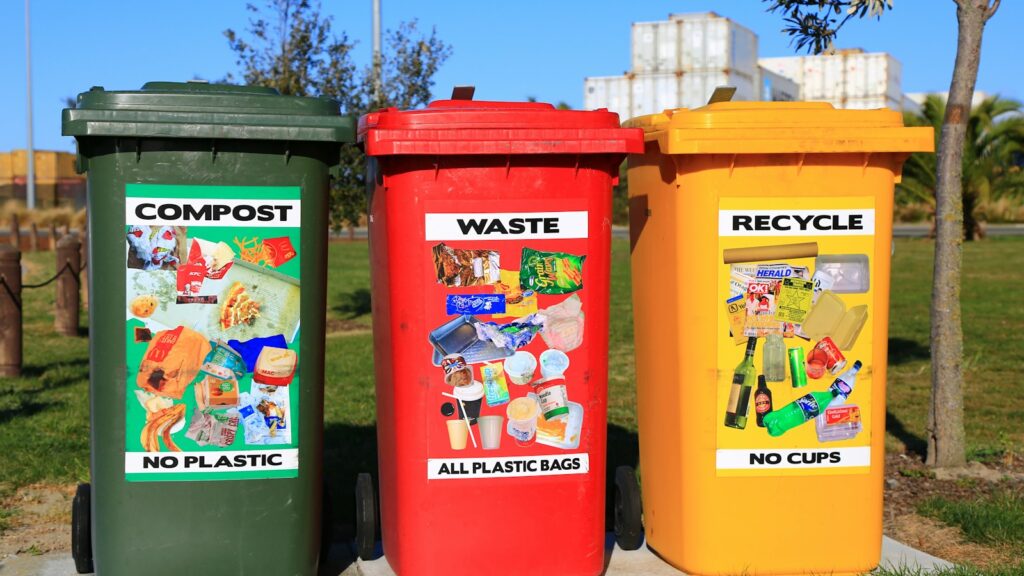
As we face growing challenges from organic waste management, soil degradation, and the need for sustainable agriculture, the humble Black Soldier Fly offers a compelling blueprint for solutions that mimic nature’s efficiency. These remarkable insects demonstrate how biological systems can transform what we consider waste into valuable resources at speeds and efficiencies that put human technologies to shame. While not a panacea for all waste management or soil fertility challenges, BSF processing represents an important component in a more circular approach to our food and waste systems. As we look to create more sustainable societies, perhaps our best path forward lies in these biological innovations—working with nature’s own recyclers rather than against them. In the Black Soldier Fly, we find not just a useful insect but a model for reimagining our relationship with waste and the living systems that can help us manage it.
